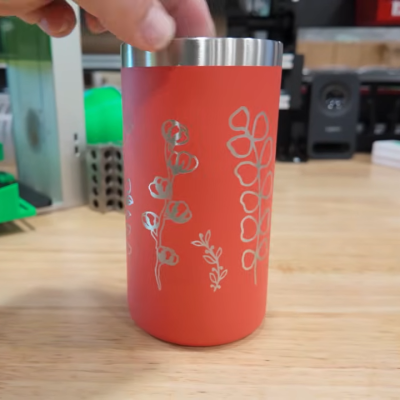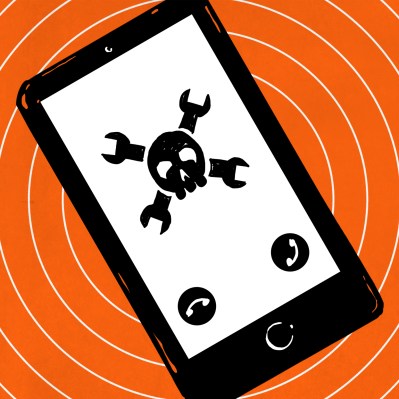You can buy all kinds of conventional clocks that have hands and numbers for easy reading. Or, like [Fabio Ricci], you could build yourself something a little more esoteric, like this neat shadow clock.
The heart of the build is an ESP8266 microcontroller, which gets the current time via Wi-Fi by querying an NTP time server. It also uses a DS3231 real-time clock module as a backup, keeping accurate time even when a network connection is unavailable.
Time is displayed via a 60-pixel ring of WS2812B addressable LEDs. These 60 LEDs correspond to the usual per-minute graduations that you would find on a regular clock. Current hour is displayed by lighting the corresponding LED red, while minutes are shown in blue and seconds in white. It’s called a “shadow clock” because of its method of activation. IR distance sensors are used to activate the time display when a hand or finger is placed near the clock. As Fabio puts it, “shadow play” will make the clock display the time. Otherwise, it switches to be a simple round device on the wall that displays colorful animations.
It’s a neat build that looks quite unassuming as a decor piece, and yet it also serves as an easy-to-read timepiece. We’ve seen LEDs put to all sorts of good uses in clock builds around these parts. Meanwhile, if you’ve found your own unique way to display the time—either in readable fashion, or totally oblique—don’t hesitate to let us know.



















